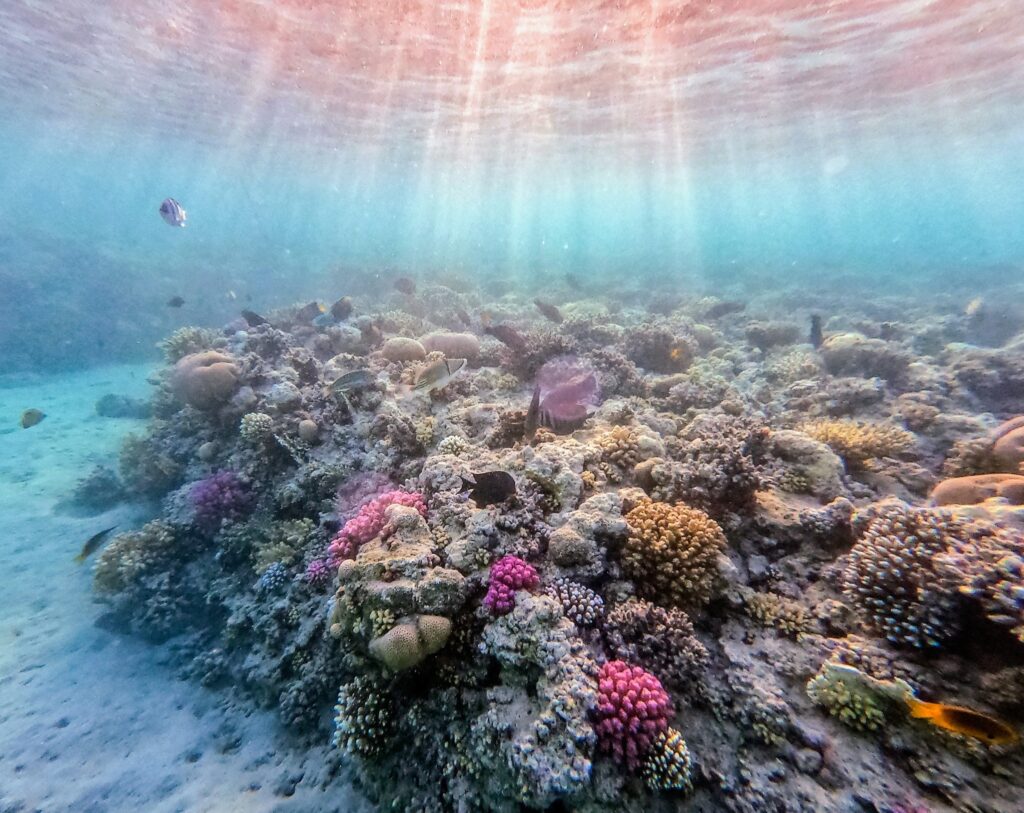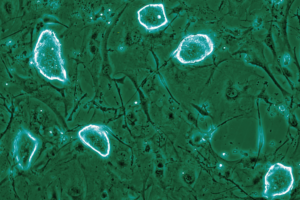
Coral reefs, essential to marine biodiversity, are facing unprecedented challenges as ocean temperatures rise. Heatwaves, pollution, and overfishing have long been known to degrade these vital ecosystems. However, a new study reveals that while some resilient corals manage to survive prolonged heat exposure, they do so at the expense of their growth and metabolic efficiency.
The study, focusing on a heat-tolerant coral species from the northern Red Sea, Stylophora pistillata, observed the effects of extended exposure to elevated temperatures. The findings indicate that while these corals can endure warmer waters, their growth significantly slows, and their metabolic costs increase.
Months of Heat Exposure
Researchers examined how Stylophora pistillata copes with sustained high temperatures, maintaining the corals at three different levels: 77°F (baseline), 81.5°F, and 86°F. These temperatures are projected to become more common in tropical seas by 2050 and 2100. The corals were observed over a six-month period, with a subsequent recovery phase at the baseline temperature.
According to Ann Marie Hulver, the lead author of the study and a former graduate student and postdoctoral scholar at The Ohio State University, the implications of these findings are significant.
“In theory, if corals in the wild at these temperatures are smaller, reefs might not be as diverse and may not be able to support as much marine life,” she said. “This could have adverse effects on people that depend on the reef for tourism, fishing, or food.”
Measuring Coral Survival Costs
The study meticulously measured various factors such as surface area growth, metabolism, energy reserves, and the composition of the corals’ symbiotic algal partners. The results showed that while Stylophora pistillata survived at the elevated temperatures, their growth was notably reduced. At 81.5°F, the corals were 30 percent smaller, and at 86°F, they were 70 percent smaller compared to the control group.
Despite maintaining overall biomass and energy reserves, the corals exhibited slower growth rates and increased respiration, indicating a higher metabolic demand. This suggests that the corals prioritize survival over growth, a strategy that may not be sustainable in the long term.
Survival Over Reef Growth
In the initial weeks of heat exposure, the corals showed minimal stress. However, by the 26th week at 86°F, the increased metabolic demand and reduced growth became apparent. Interestingly, the symbiotic algae community within the corals remained stable, suggesting that the stress was not due to changes in algal partners.
Encouragingly, the study found that a recovery period at the baseline temperature allowed for a rebound in metabolic demand and growth, although the previously heated corals retained a darker coloration. This indicates a potential for recovery if cooler conditions are restored.
Andrea Grottoli, a co-author of the study and a professor of Earth sciences at Ohio State, emphasized the limitations of this resilience.
“Survival is certainly the number one important thing for coral, but when they’re physiologically compromised, they can’t do that forever,” she said. “So there’s a limit to how long these resilient corals can cope with an ever-increasing warming ocean.”
Global Reefs Under Threat
The challenges faced by these corals are part of a broader global pattern. As the planet continues to warm, oceans absorb the majority of the excess heat, resulting in more frequent and intense marine heatwaves. This shift transforms what were once temporary stress events into persistent conditions, threatening the long-term health of coral reefs worldwide.
Without significant reductions in greenhouse gas emissions, many reefs may persist only in name, stripped of the complex structures and biodiversity they once supported. The study underscores the urgent need for conservation efforts focused on resilient coral populations and the establishment of protected sanctuaries.
Grottoli suggests that conservation strategies should prioritize areas with resilient coral species, creating refuges that could serve as high-probability-success reefs in the future.
“Conservation efforts could focus on areas where resilient coral are present and create protected sanctuaries so that there are some ecosystems that grow as high-probability-success reefs for the future,” she said.
The study highlights a crucial lifeline for coral reefs: the potential for recovery during cooler periods. As ocean temperatures are expected to rise by about 5°F by 2100, understanding and leveraging these recovery phases could be critical for the survival of coral ecosystems.
The full study was published in the journal Science of The Total Environment.
—
Like what you read? Subscribe to our newsletter for engaging articles, exclusive content, and the latest updates.
Check us out on EarthSnap, a free app brought to you by Eric Ralls and Earth.com.






